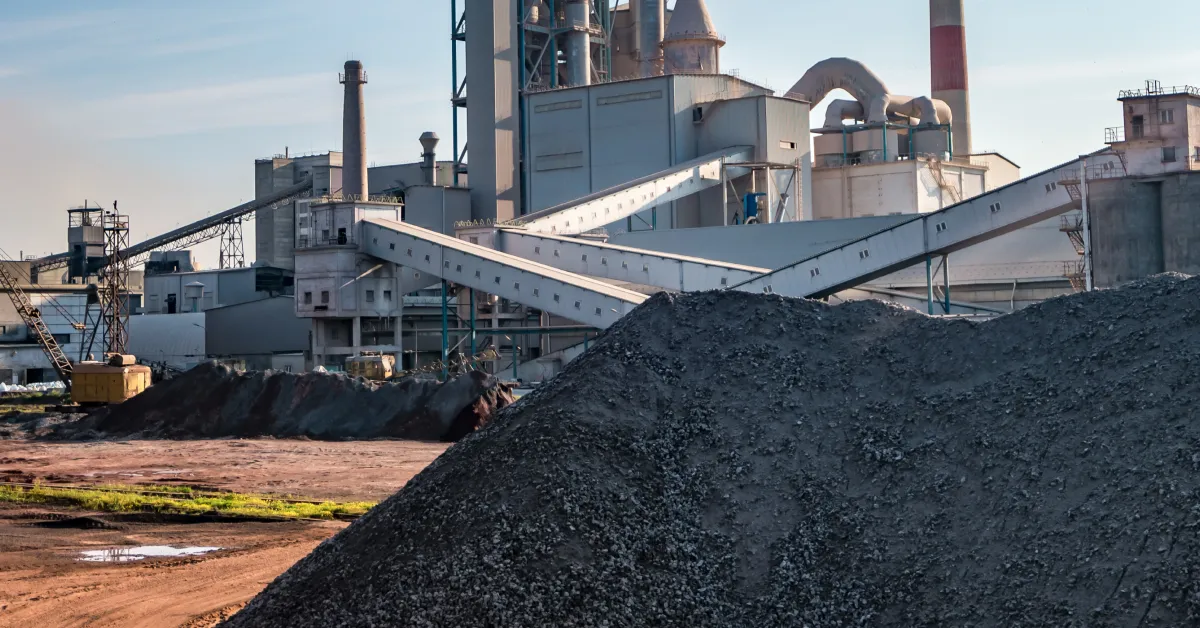The last 18 months have been very good for petrochemical manufacturers—and not so good for their customers in a wide range of industries. According to a recent McKinsey analysis, demand for six key petrochemicals (PE, PP, PET, PS/EPS, PVC and SBR) was up by 5% to 10% through 2021, and EBITDA for the top 100 petrochemical players grew by between 50% and 100% over pre-pandemic levels. German trade group VCI reports that petrochemicals prices rose by 21.6% in 2021 and producer revenues were up 27%.
This period of high prices and margins coincided with—and was partly supported by—supply chain disruptions, including the February 2021 deep freeze on the Texas Gulf Coast and port and shipping congestion in much of the world. As McKinsey noted, PE prices doubled after the February 2021 Texas freeze; and throughout 2021, “North American and European producers experienced historically high margins in the petrochemical value chain of ethylene and PE.”
This year has brought another round of pain for the vast array of manufacturers that depend on petrochemical inputs. The cause: increasing oil and gas prices arising from Russia’s invasion of Ukraine and the consequent sanctions and restrictions on Russian oil and gas exports. “Oil and natural gas aren’t needed to only generate energy,” wrote Wall Street Journal Editorial Board Member Alyssia Finley in April. “They’re also critical for an array of products including face masks, diapers … vegan leather … shopping bags, water bottles, catheters and even bulletproof vests.”
Russia’s invasion of Ukraine sparked dramatic increases in oil and gas prices. While oil prices have settled slightly since their March peak, they are still up about 40% since Q4 2021. Natural gas prices worldwide have also risen sharply, and in the U.S., they’ve reached their highest level in more than a decade, according to a recent Resilinc special report: Gas price increases are fueling a worldwide shortage of nitrogen fertilizer which is produced with hydrogen from natural gas. “Russia and Belarus are large [natural gas] producers, and uncertainty about sanctions has reduced their exports. But skyrocketing natural-gas prices in Europe have also pushed fertilizer producers [in Europe] to curtail production,” wrote Finley.
As widely covered in the media, fertilizer shortages are leading to increased costs for farmers, driving grain and other food prices up globally and leading to protests and political upheaval in some developing countries. At the same time, export restrictions on grain commodities by India and Indonesia are further exacerbating shortages, and as harvest season in the Northern Hemisphere approaches, concerns are growing that war-torn Ukraine won’t be able to export large quantities of grain, causing famine in countries that depend on grain imports.
In the United States, the USDA has allocated $250 million to support new domestic fertilizer production. But Veronica Nigh, senior economist for the American Farm Bureau, estimates that “a modern fertilizer plant producing commercially meaningful volumes will take three to five years to construct.”
Instead of government funding, recovery of supply-demand balances in petrochemicals and the downstream producers that rely on petrochemicals will likely occur in the usual way: with new investment in production driven by strong demand projections, high prices and robust margins. As Wall Street Journal reported on May 15, Aramco, the world’s largest oil company, “is spending billions of dollars to up its oil production capacity from 12 million barrels a day to 13 million by 2027 [and] increase its gas output by more than 50% by 2030.” The company “is also looking to develop opportunities in refining and petrochemicals. … In recent months it bought a stake in a Polish refinery and said it would invest in a 300,000-barrel-a-day refining and petrochemicals complex in China.”
Writing April 26 in Supply & Demand Chain Executive, Sadhna Gupta of research and advisory firm Aranca forecasted growing price stability through 2022 in the United States for PE “as leading PE producers, such as Shell Chemicals, ExxonMobil, and Sabic, are planning to set up new plants in 2022.” In Europe and Asia, however, Gupta estimates that price increases for PE will continue in 2022, rising 5-8% in Europe and 5-10% in Asia.
A larger trend in petrochemicals, according to McKinsey analysts, is the growing investment in recycling and use of renewable feedstocks. This is driven by “strong consumer demand and regulatory pressures,” including the commitments by more than 80 global CPG firms to reach 15% to 20% recycled content in packaging by 2025.
“Last year also saw several prominent investments announced in advanced recycling projects, particularly around PET monomer recycling, pyrolysis in conjunction with refining assets, and refinery conversions to bioproducts,” wrote the McKinsey analysts. “Petrochemical companies are leading the way in these areas, committing to recycled, recyclable, or bio-based volumes in their portfolios.”
As the global petrochemicals industry and its large customer base absorb and adapt to the challenges of 2021 and 2022, these longer-term trends will require more focus by supply chain managers. Resilinc and its suite of risk management tools can enable managers to understand, prepare for and take advantage of such long-term emerging trends.






